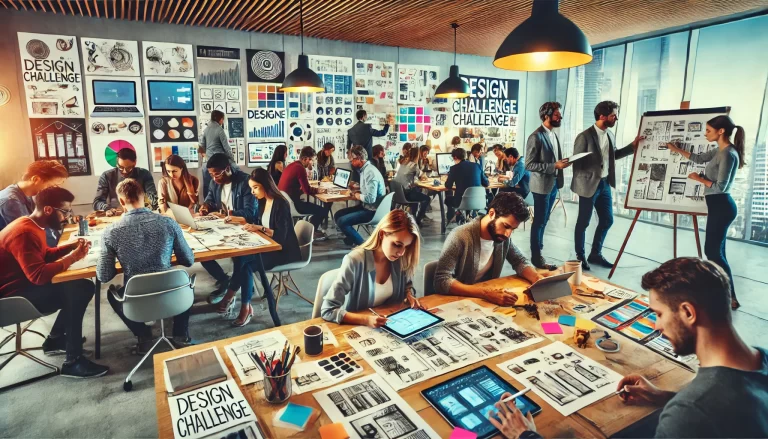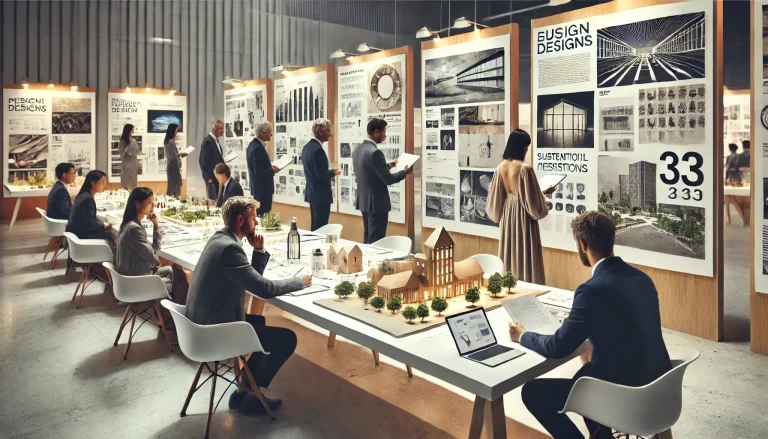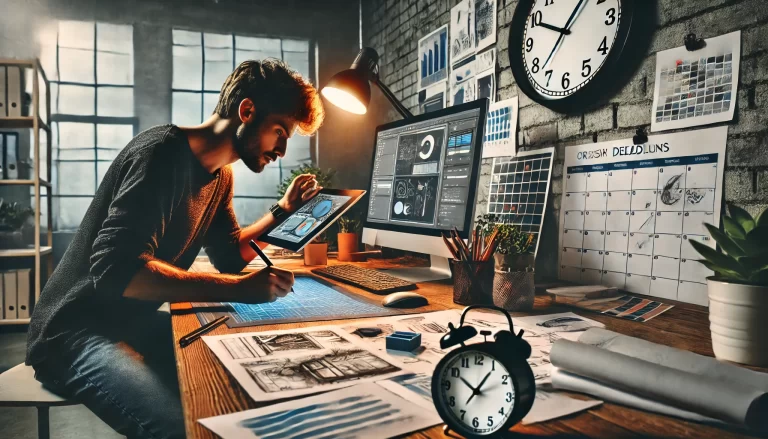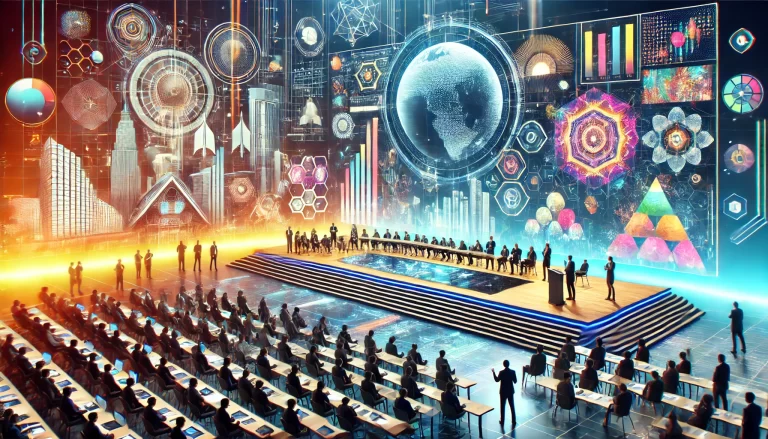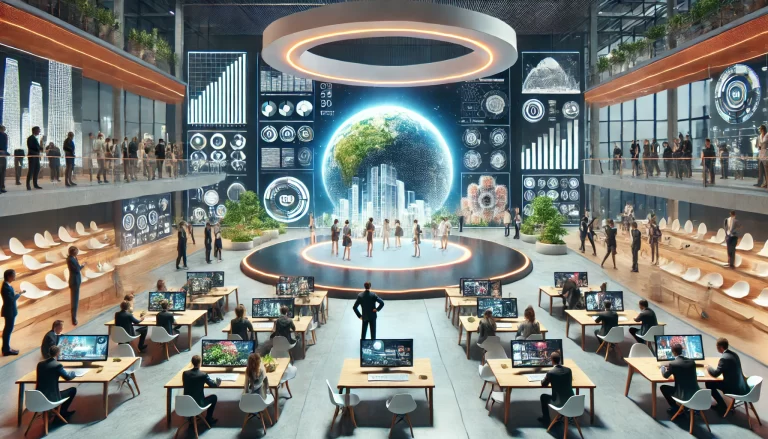Behind the Scenes: What Goes into a Winning Design?
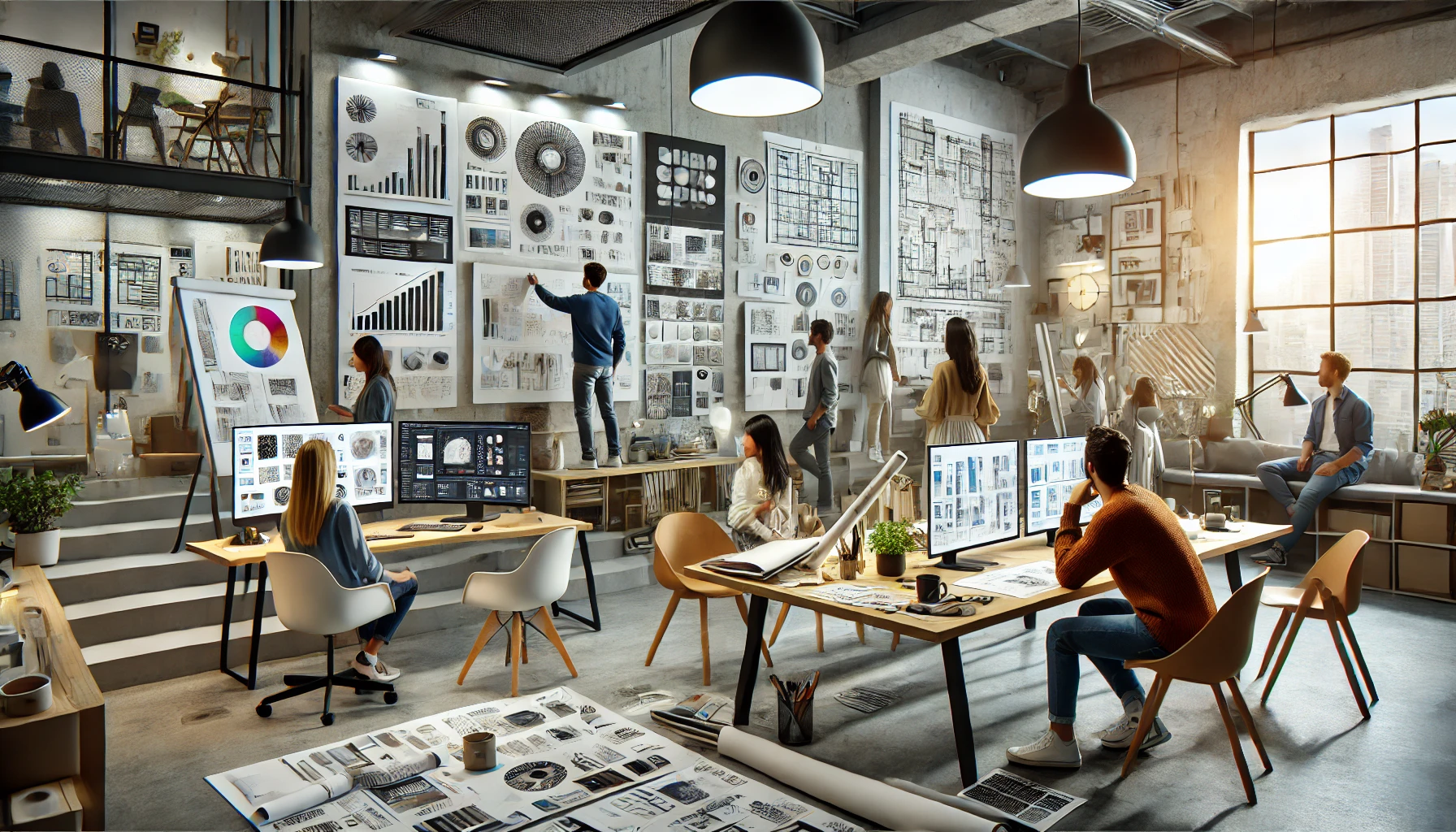
Great design is not just about aesthetics; it’s a blend of creativity, functionality, and meticulous planning. Whether it’s architecture, interior design, or product development, successful designs emerge from a strategic process that balances vision, practicality, and client needs. Let’s take a deep dive into what goes into crafting a winning design.
1. Understanding the Client and the Brief
Every design project begins with a thorough understanding of the client’s needs, preferences, and constraints. Designers conduct meetings, surveys, and research to gather insights into the project scope, purpose, and target audience. A clear brief acts as a roadmap, ensuring the final design aligns with expectations.
2. Research and Inspiration
A crucial phase of the design process involves extensive research. Designers study industry trends, historical influences, cultural elements, and competitor work. Mood boards, sketches, and digital models help refine ideas and explore various creative directions before settling on a concept.
3. Concept Development and Sketching
Conceptualization is where creativity takes shape. Designers experiment with different layouts, structures, and visual elements to create unique and functional solutions. Sketches, wireframes, and 3D models help in visualizing the initial ideas and making necessary adjustments before moving forward.
4. Material and Technology Selection
Material choice and technology integration play a vital role in design execution. Whether it’s selecting sustainable materials for architecture, choosing the right textures for interior spaces, or utilizing cutting-edge software for precision, these decisions impact durability, cost, and user experience.
5. Iteration and Refinement
No design is perfect in its first draft. Designers collaborate with stakeholders, gather feedback, and refine the concept. Prototyping, mock-ups, and test runs ensure functionality and aesthetics work harmoniously. This iterative approach helps in identifying potential challenges and improving the final output.
6. Execution and Implementation
Once the design is approved, the execution phase begins. This involves technical drawings, construction, production, or digital development, depending on the project. Coordination with architects, engineers, craftsmen, and software developers is crucial to bringing the design to life effectively.
7. Evaluation and Final Touches
Before presenting the final product, designers conduct thorough evaluations to ensure the project meets quality standards. Attention to details, such as lighting, ergonomics, and spatial balance, adds the finishing touches, elevating the design to excellence.
Conclusion
A winning design is the result of an organized yet dynamic process that merges innovation, technical expertise, and user-centric solutions. It is a collaborative journey that requires creativity, adaptability, and precision. Whether you’re a professional designer or an enthusiast, understanding these behind-the-scenes elements can deepen your appreciation for outstanding designs that shape our world.

